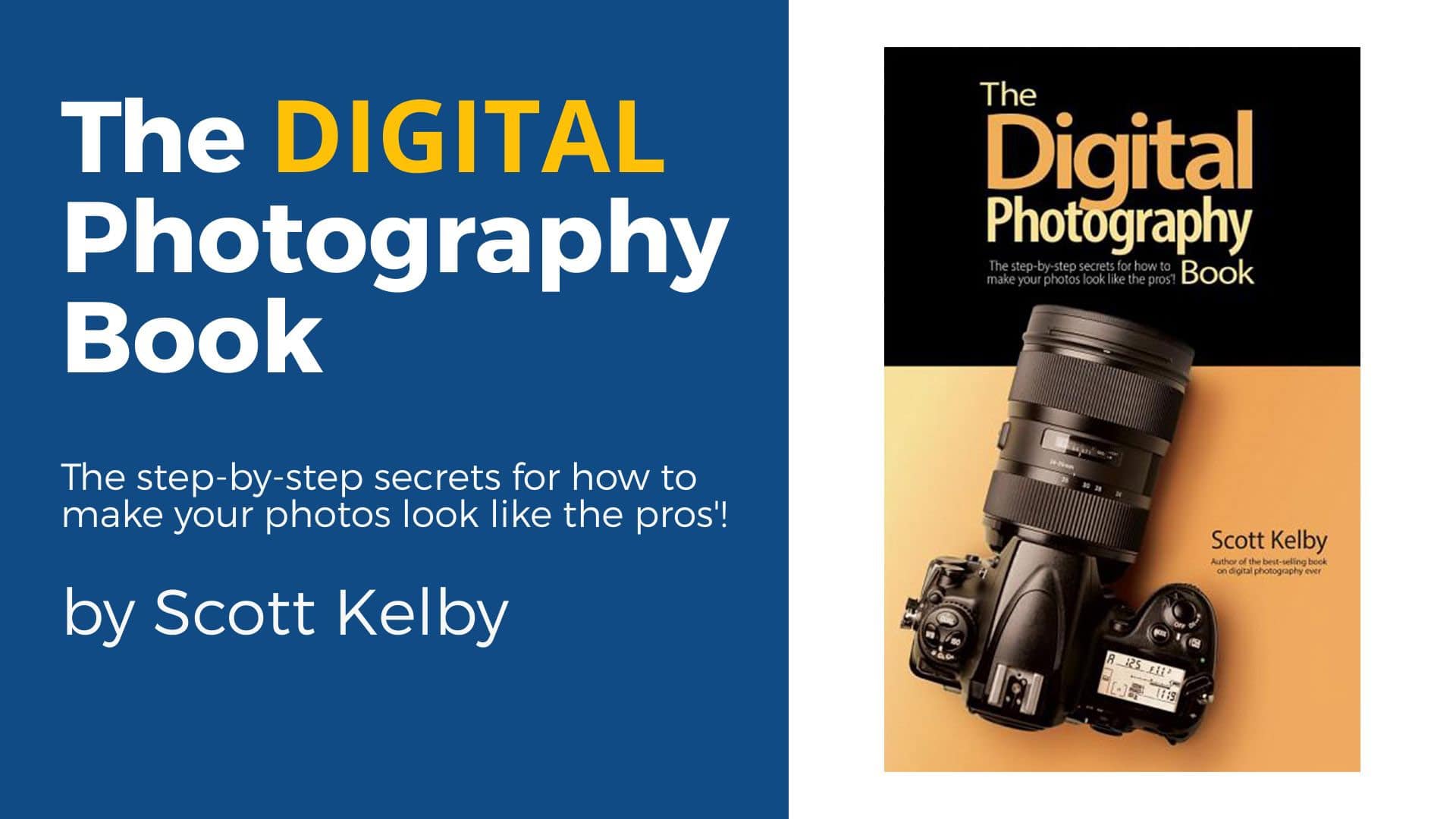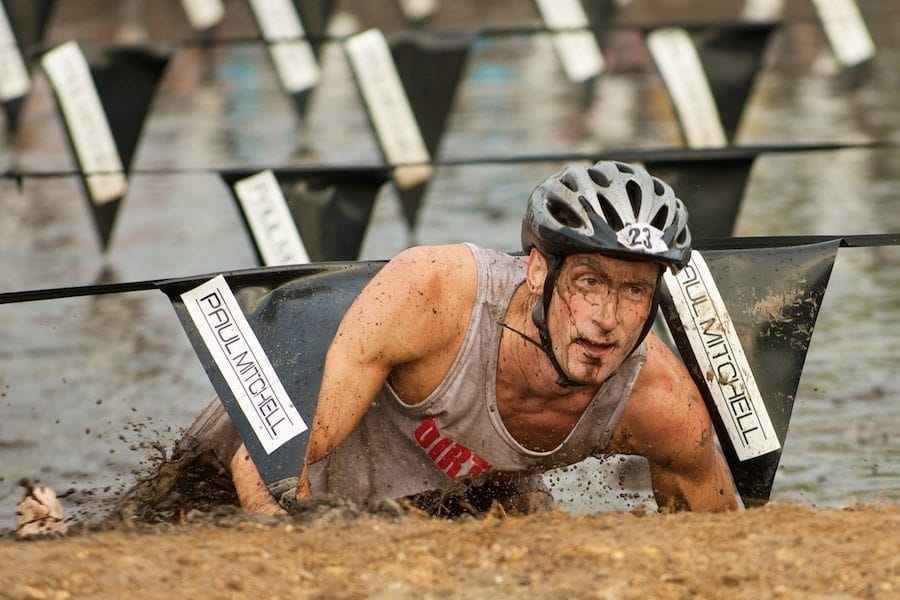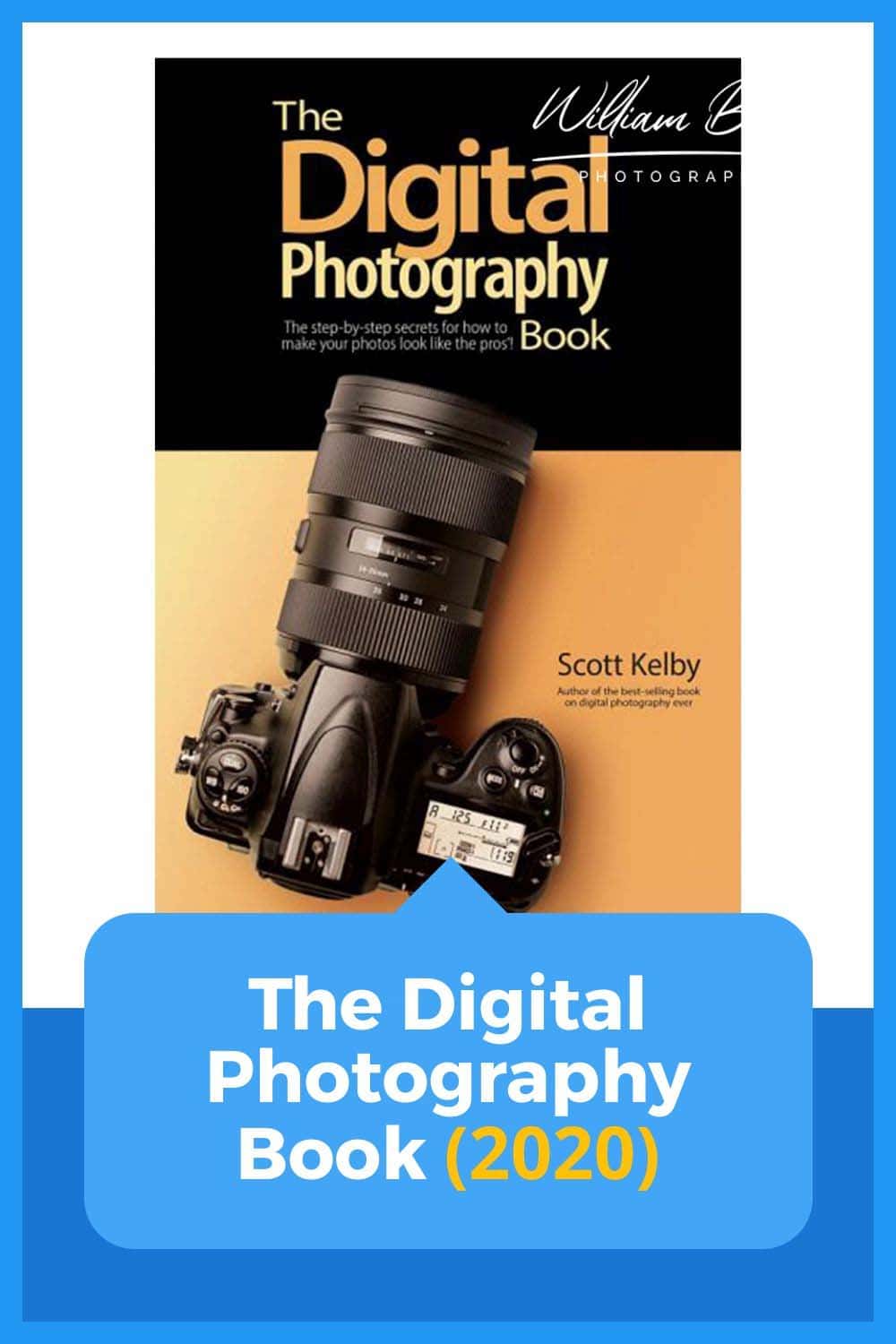
The Digital Photography Book by Scott Kelby is the world’s best-selling book on digital photography. It began a series of similar books to follow that teach photography concepts and techniques in a simple and easy-to-understand method.
Scott’s premise is to avoid technical jargon and explain how to do various photography techniques as if he were explaining it to a friend.
While this is an older book, and some of the gear mentioned here is outdated (and some isn’t, thanks to the magic of new editions), the big thing here is that the information is evergreen. You can apply these concepts with any camera system and find compatible accessories.
The Digital Photography Book is the completely updated version of the #1 best-selling digital photography book of all time, written by Scott Kelby. It’s packed with over 200 of the most closely guarded photographic “tricks of the trade,” so you can start taking dramatically better-looking, sharper, more colorful, and more professional-looking photos every time you pick up your camera.
This isn’t a theory book full of confusing jargon and detailed concepts. This is a book on which button to push, which setting to use, and when to use it. Each page covers a single concept that improves your photography.
- Easy to read
- Scott teaches like he's explaining to a friend
- Updated to stay current with recent trends and gear
- Great for beginners
- Copious bits of Dad humor
Why I Wanted to Read The Digital Photography Book 2020
I bought this book when it was new, in 2006 or 2007. At the time, I was getting into digital photography after taking a long break from my old film-based cameras. I wasn’t quite a beginner at photography, but I still didn’t know many things.
Essentially, I never had a mentor or teacher. The Digital Photography Book provided valuable “how to” information to get me over a few hurdles and opened my mind to greater possibilities.
My problem was the same as many other photographers who understood the basics of exposure but little else. I wasn’t sure what kind of photography I wanted to do, so I tried almost every photography genre. The problem is that every genre of photography has little tips, tricks and techniques specific to the field.
When The Digital Photography Book came out, it was just a treasure trove of tips for several different photography genres. If you’re still exploring different styles and subjects for your photography, you’re in for a treat.
Among the chapters covered here are:
Basically, this book filled in to become the mentor that I never found.
Trying New Things As I Went Through the Book
I went into this book with a sense of discovery and hope. Honestly, hope wasn’t as specific as I should have liked. As I mentioned earlier, I wasn’t sure what kind of photography I wanted to do. I knew that I really enjoyed taking photos and wanted to improve.
The good news is that this book delivered. It answered many questions I didn’t even know to ask. As a result, I bought a lot of gear. Lenses, a tripod & ballhead, flashes & light modifiers and more accessories.
I was on a journey of self-discovery through photography and this book helped me plot my course. Not very far in advance, though. This isn’t a book about choosing what you want to photograph. It’s a book filled with tips about doing different things with different subjects and getting great results.
By going through a number of the genres here, I ultimately discovered what I did and didn’t like about photography genres.
Take sports photography as an example.
At the time, I worked out six days a week and had several friends at the gym who participated in all sporting events. I got the bright idea that I’d like to go out and photograph them at a race or two.
That ended up with me taking photos like this one:

I shot this at something called a Muddy Buddy race. I find it odd that this poor man is sloshing through the mud while surrounded by signs for shampoo, but I digress.
After a few of these events, I learned I wasn’t planning to be a Sports Photographer. Here’s why:
The Biggest Lesson I Learned from Reading The Digital Photography Book (2020)
I ended up shooting a lot of events and learned the same thing.I photographed everything from concerts to bikini competitions to bull riders. While some people thrive on event photography, it seemed to be more of a hassle and frustration for me,
I learned from trying many of the tips in The Digital Photography Book 2020 that I like a sense of control over my photographs rather than trying to capture things as they happen.
That lead me to greater satisfaction with portrait and travel photography.


Even if you don’t think you’re going to photograph one of the genres mentioned in a chapter, go ahead and give some of the tips a try. It’s amazing how many times I discovered that a technique used in one genre can be useful in another.
Here’s an example from the chapter on photographing flowers.
I am not interested in photographing flowers, but I decided to try it. Experience is experience, and you never know until you try.
One of the tip in chapter on photographing flowers that served me well is to avoid shooting down on them. Quite simply, there’s no visual interest in shooting down on flowers. The tip is to photograph the flowers on the same level.
Well, it turns out that advice works for many travel photos and detail shots.
We all see flowers from a higher point of view when walking around. There’s nothing special or interesting about that point of view. However, taking a photograph form an uncommon point of view adds some interest to your subject. Looking at something from a viewpoint we don’t normally see makes for better photos.
In other words, put your camera someplace interesting if you want to take better photos. It’s one of the useful tips buried among the flowers.
Transformation From a Deeper Understanding
The Digital Photography Book is one of those “now I get it” kinds of books. Some of the tips are like a gentle whack on the head when you realize that it’s actually easier to get professional level results than you thought.
Sometimes you need gear, but great photos are really about great photographers who know how to use their equipment. This book has a lot of solid advice to turn you into a great photography because it gives you the knowledge you need to craft great photos.
If you know how some of the great photos get taken, then it’s much more likely that you can take great photos with almost any camera.
Are there some exceptions when gear matters?
Sure.
Some lenses are sharper than others. Some lenses have longer focal length and you need them if you’re photographing a tight end running up a football field or a grizzly bear munching on salmon.
Yet there are options for gear in this book that range from budget to moderate to the “I have my own private yacht” crowd.
The real point here is that The Digital Photography Book makes you a better photographer, no matter what gear you use. Maybe that’s why it’s the best-selling book on digital photography – ever.
My Tops 3 Lessons From The Digital Photography Book 2020
Scott Kelby provides a wealth of information in The Digital Photography Book. It’s all about photography, but that doesn’t mean it’s all about what to do with your camera. Some of the best tips are what to put in front of your camera and where to get them.
1: Simplicity is Your Friend
Plenty of photos look like crap taken in the same places as many beautiful photos. What’s the big difference?
It comes down to knowing what to include in your photo and what doesn’t belong there.
The more you can eliminate distractions from your photos, the better they look. Less is more. Distill your photo down to the core of its message by removing anything that draws the eye away from your subject.
Basically, get rid of the clutter. Sometimes that means having the patience to wait for some tourists to get out of your scene, moving a trash can out of the way, or blocking light coming from the wrong direction.
2: Photography Presents Problems for You to Solve
The entire chapter in The Digital Photography Book is devoted to avoiding problems and mistakes. There are even more pages in other chapters discussing how to avoid a problem. What does that tell you?
Photography presents many problems.
It’s never as simple as just walking up to something interesting and clicking the shutter. Things can break. Batteries run out of power. Suspicious people wonder what you’re doing with that camera. Memory cards may fail.
A boulder could fall on your head while you’re trying to photograph a squirrel.
I don’t care if you’re creating portraits, product shots or shooting the Olympics. You’re going to run into problems and you need to know how to solve them.
Fortunately, there are a lot of examples in this book to help you avoid potential problems. Yet you can’t find every solution in a paperback book. One of the most important things I learned from reading The Digital Photography Book is that you need to have a head for solving problems as a photographer.
3: Faces Matter
Not every photo has a face, or even needs one. Not every face is human.
Yet if you photograph a person or an animal and include part of the face, ensure you get it right. People want to see the eyes. People like profiles, too.
Most of all, people want the light on a face (or off it in a silhouette) to be just right. We don’t like dappled light on a face, or harsh shadows that make someone’s nose look like Pinocchio telling lies.
We want to see flattering faces in proper light. That doesn’t mean the face has to be young or beautiful. Some of the most interesting faces have some miles on them. Yet we know when the photo hasn’t done justice to the face.
Get the face right when you’re taking photos of a baby tiger or an old woman.
Who Should Read The Digital Photography Book 2020
The Digital Photography Book is a “how to” book filled with tips on taking better photos and more. It’s not a book on basic photography concepts that shows you how to make a correct exposure. You should be familiar with introductory concepts like aperture, shutter speed and ISO to get a well exposed photo.
This book is for those who moved beyond that introductory phase and already figured out what most of the buttons and dials on their camera are supposed to do.
Once you get to that photography phase, you start to wonder just what’s possible with your camera. You wonder how other photographers got that shot or just how someone made that photo happen.
Scott presents this book as a mentor helping a friend. The book is full of beautiful photos and easy-to-understand stories about how you can take similar photos.
The chapter introductions in Scott Kelby’s books are generally filled with some light humor. Some people love it. Others absolutely hate it. If you find that you’re in the latter category, I suggest you shouldn’t worry about it. The information in the book is worth more than the price, and it’s easy to turn a page if you don’t care for the humorous parts. Once Scott gets into the meat of his discussion on a topic, it’s pretty much right on point and easy to understand.
I found this book at this point in my digital photography and it was immensely helpful. That’s why I’m very happy to recommend it. As I mentioned earlier, some of the gear recommendations may be a little outdated, but that’s OK. You read this book for the concepts which apply to any camera brand or model.


